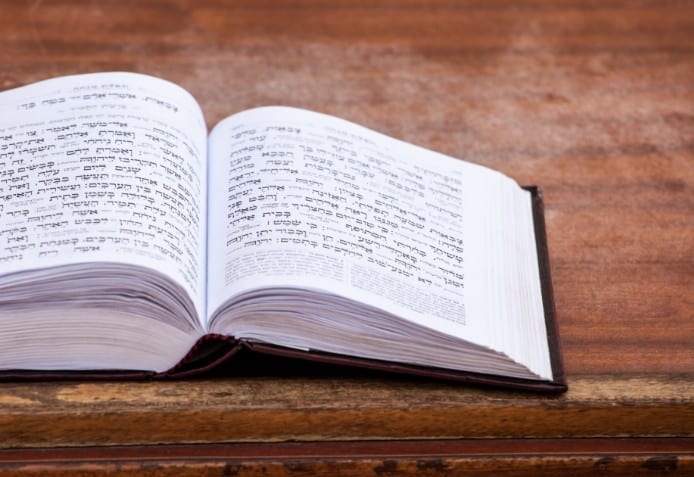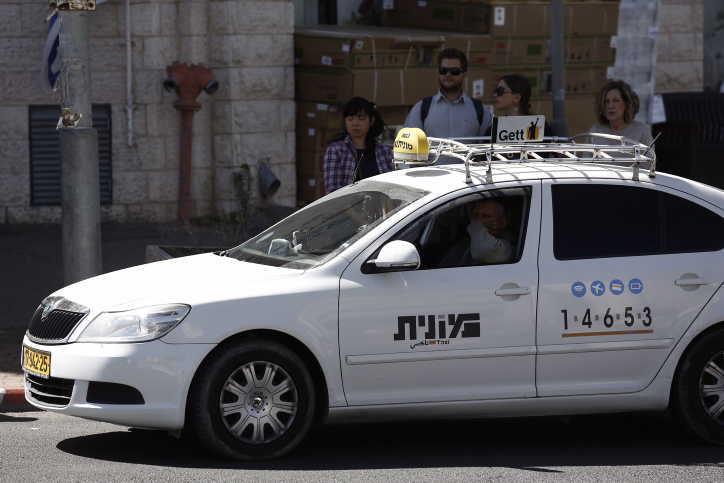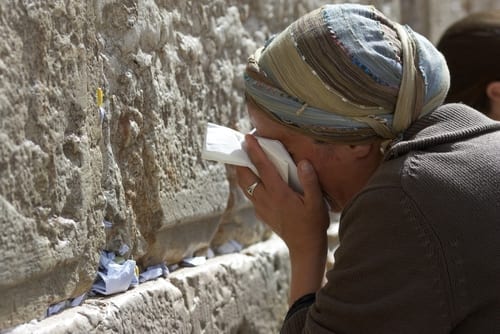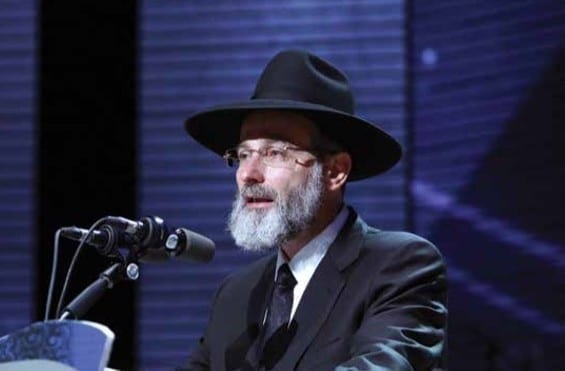We have all seen shofars of varying sizes, colors, and textures, but what are the basic requirements of a kosher (permissible) shofar?
In Hebrew, there are 2 words that are used to refer to an animal’s horn, a “keren”, and a “shofar”. While a “keren” is a general classification of all animal horns, we are required on Rosh Hashana to use a sub-class of horns, shofars. (Rosh Hashana 6a).
The Talmud teaches us that the defining characteristic of a shofar is that it is hollow, linking the word “shofar” to the Hebrew word for tube, “shfoferet”. The primary animal horns that qualify for this classification are rams, sheep, and goats. That is not to say that if one removes a horn from one of these animals that it will be perfectly hollow, it will not. A heating process will be required to remove the inner bone from its outer cover; but the core and casing are distinct, allowing for the creation of the shofar. Other animals, such as deer, have a solid horn, incapable of bifurcation.
So are all “hollow-horned” animals acceptable for creating a shofar? The answer is no. Although a bull’s horn can be hollowed out, it may not be used to fulfill the mitzvah because it is referred to by the Torah exclusively as “keren”. Additionally, because the Jews of the desert sinned by creating a calf, it would be inappropriate for us to use a horn of this animal as a vehicle to attain G-d’s mercy.





